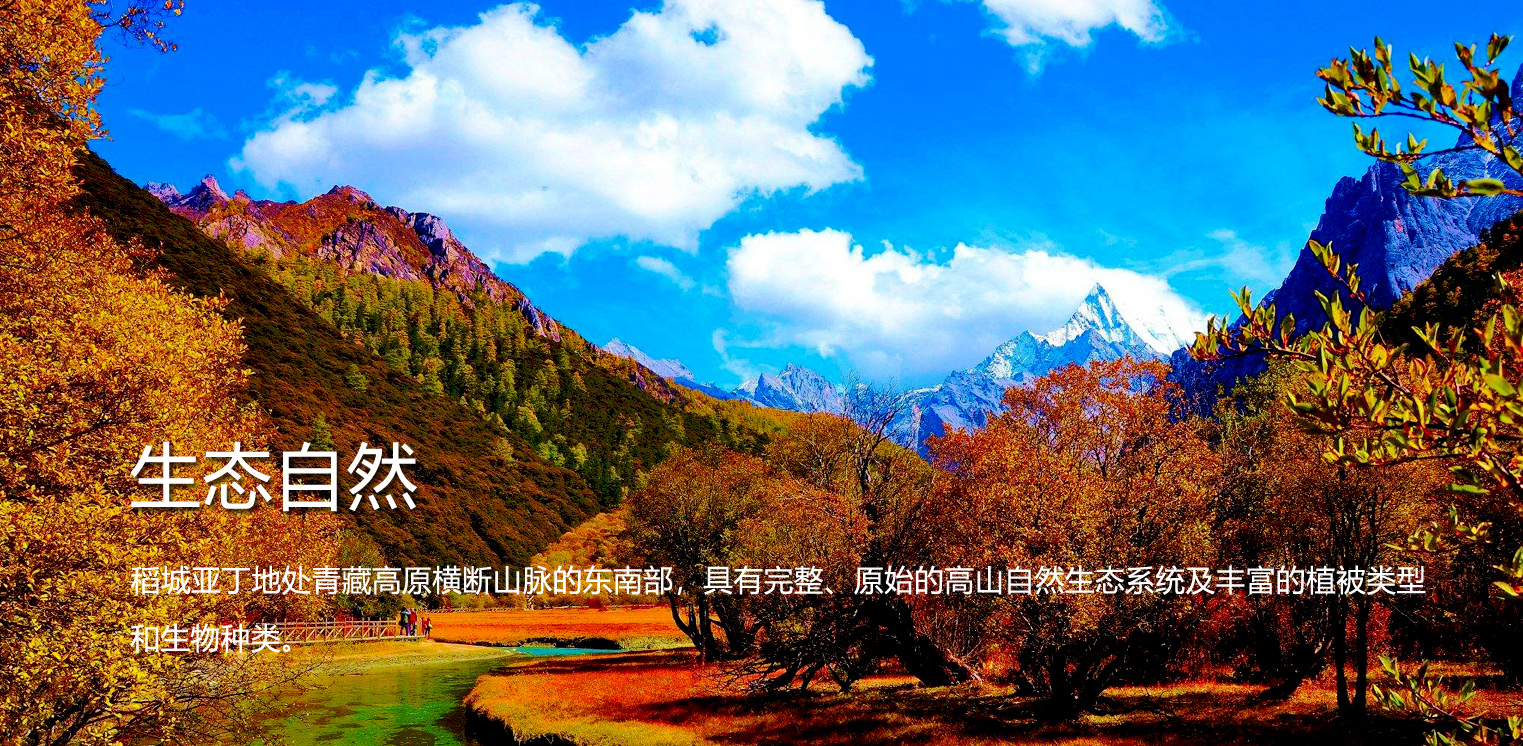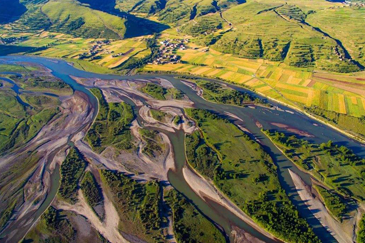
Southeast of Hengduan Mountains
Yading National Nature Reserve is located in the southeast of Hengduan Mountains on the Qinghai Tibet Plateau. It is the transition zone from the highest geomorphic unit of Qinghai Tibet Plateau to the second level of Yunnan Guizhou Plateau. The high mountains are dense in the area, and the elevation difference between valleys and mountains is generally more than 3000 meters, thus forming a relatively closed natural and geographical environment. At the same time, there are different geomorphic types in the reserve, such as high mountains, extremely high mountains, high mountains and valleys, wide glaciers and modern glaciers.

National Nature Reserve
Yading National Nature Reserve is a natural ecological nature reserve established with the approval of the State Council in 2001. It is located in the core area of Shangri La tourism circle in the south of Daocheng County, Ganzi Tibetan Autonomous Prefecture, Sichuan Province. Its geographical coordinates are between 99 ° 57 ′ 40 ″ ~ 100 ° 27 ′ 30 ″ E and 28 ° 11 ′ 35 ″ ~ 28 ° 48 ′ 41 ″ n. The main protected objects are the natural high mountains of Hengduan Mountains The system, animal and plant resources and snow mountain landscape.
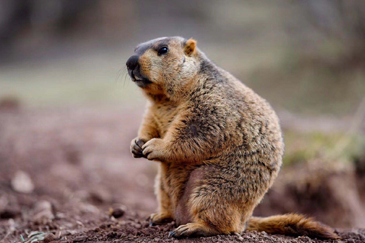
Rich natural resources
The Yading National Nature Reserve has the most unique snow mountain landscape in Hengduan Mountain Area of China and the corresponding forest ecosystem, high mountain lakes, glacier wide valley, plateau meandering, canyon, meadow, etc. The reserve has a complete and primitive Alpine natural ecosystem and rich vegetation types and biological species. The complex flora, diversity of species and abundance of endemic species and genera are extremely rare in Hengduan Mountain Area and even in Qinghai Tibet Plateau.

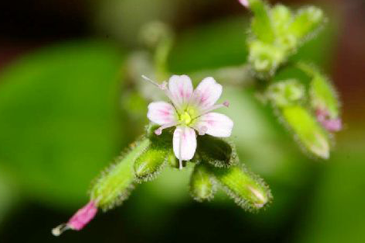
(Scientific name
:Psammosilene tunicoides W.C.Wu & C.Y.Wu)
Chinese endemic plants, rare species
Gold iron lock
Caryophyllaceae is a perennial herb. The root is fleshy, long obconical, brownish yellow, and the stem is flat and scattered. The leaf blade is ovate, and the upper part is sparsely pilose, and the lower part is pilose along the midrib. Trichomes densely covered with glandular hairs; pedicels short or nearly absent; calyx tubular bell shaped, densely glandular hairs, green, calyx teeth triangular ovate, margin membranous; petals purplish red, narrowly spatulate, filaments glabrous, anthers yellow; ovary narrowly obovate, capsule rod-shaped, seed narrowly obovate, flowering from June to September, bearing fruit from July to October. It grows in gravelly hillside or limestone crevice at an altitude of 2000-3800m.
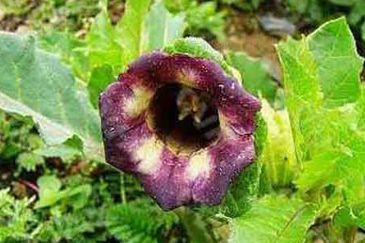
(Scientific name
:Anisodus tanguticus(Maxim.)Pascher)
Class II protected plants in the list of national key protected wild plants in China
Anisodamine
Solanaceae and anisodamine are perennial perennial herbs. Stems glabrous or puberulent; roots thick, nearly fleshy. Leaf blade papery or nearly hard papery, oblong to narrowly oblong ovate, apex acute or acuminate, base cuneate or decurrent, with erosive fine teeth, glabrous on both sides; corolla bell shaped or funnel-shaped, purple or dark purple, hidden or only the eaves exposed outside the calyx, the corolla tube was soft hairy, the lobes were semicircular; the pistil was slightly longer than the stamen; the disk was light yellow. Fruit globose or subovate, ribs and reticulate veins distinctly raised; erect. It is mainly distributed at the altitude of 2000-3000 meters, and sometimes it grows at 4000 meters.
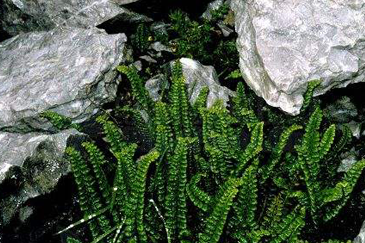
(Scientific name
:Sorolepidium glaciale Christ)
Rare and endangered plants under state grade I key protection
Pteris yulongensis
Unique alpine species, belonging to Dryopteridaceae, Yulong fern belongs to alpine glacial cave perennial small herbaceous ferns. Plant height 20 cm, all densely covered with scales or villous, scales initially reddish brown, pale white when old, ovate or broadly lanceolate, apex fibrous, margin with eyelashes; leaves clustered; brown brown, upward straw color, leaf blade linear, pinnate, pinnate, about 28 pairs of alternate, nearly sessile, round head, entire or slightly lobed; veins separated, pinnate, thick leathery leaves, rachis and main body Below veins densely covered with pale brown, sporangia round, on top of venules, without sacculus, usually covered by scales.

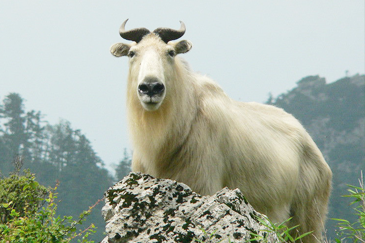
(Scientific name
:Budorcas taxicolor)
National first class protected animals and Appendix II of cites
Wildebeest
Any of various large mammals of the genus antelope of the family Artiodactyla. The overall shape of the antelope is similar to that of an ox. it weighs 300-400 kg. It has a large head and a thick neck. Its limbs are short and thick, especially its forelegs are stronger than its hind legs and its hooves are also larger. But some parts of the body resemble sheep. The whole body color is light golden yellow or brown. It is produced in southwest and Northwest China, Bhutan, India, Myanmar and other places. Takin is a typical alpine species. It often lives in alpine forests and meadows above 2500 meters. It mainly feeds on grass, leaves and flower buds, and generally moves in the daytime. In winter, it moved to the rocky area of coniferous forest below 2500 meters. Herbaceous plants that migrate to high places to collect vitamins and starches in summer.

(Scientific name
:Moschus berezovskii)
National protected animals, cites Appendix II, IUCN: endangered species (EN)
Musk deer
Mammals of the genus musk of the family Artiodactyla are the smallest in the genus musk. The body weight of adult forest musk deer is 6 ~ 9kg, the body length is 630 ~ 800mm, and the shoulder height is less than 500mm. The external features of the forest musk deer are that the female and male musk deer do not have long horns. The upper canine teeth of the male musk deer are developed, long and sharp, showing the shape of tusks outside the mouth. Its hind legs are 1 / 3 to 1 / 4 longer than their forelimbs, so the rear is significantly higher than the front when standing. It has a short tail, slender limbs, narrow and pointed hooves, long and upright ears. The hair is thick and hard, zigzag, wavy, easy to break, dark brown, adult without spots. It mainly lives in coniferous and broad-leaved mixed forest.

(Scientific name
:Cervus albirostris)
National protected animals, cites Appendix I, IUCN: vulnerable (VU)
White lipped deer
The mammal of the genus Cervus of Artiodactyla is a rare and special animal in China, which is regarded as "divine deer" in the producing area. It is also an ancient species, once widely distributed in the central part of the Himalayas. Due to the influence of paleogeography, the Himalayan orogeny in the late Tertiary and early Quaternary period caused the ground around the Qinghai Tibet Plateau in China to rise sharply, the plateau rose, the forest disappeared, and the distribution of white lipped deer shrank eastward. Typical Alpine animals, habitat altitude of 3000-5000 meters, vegetation is mainly Alpine coniferous forest and alpine meadow. Food is mainly Gramineae and Cyperaceae plants.
© 2020 甘孜州稻城亚丁景区管理局
蜀ICP备17010193号-1 | 技术支持
[云竹软件&智慧旅游]

